Mount Fuji, affectionately known as Fujisan to locals, requires no introduction. It is a symbol that transcends Japan itself, instantly recognisable across the globe as an emblem of serene beauty and spiritual significance.
Rising majestically to 3,776 meters, this perfectly cone-shaped stratovolcano has captivated artists, pilgrims, and travellers for centuries – including this particular traveller who found herself utterly spellbound by its presence.


While many travellers plan their Tokyo to Mt Fuji journey as a quick day trip, I cannot stress enough the value of slowing down. Staying at least one night in the area allows you to fully appreciate the beauty of your surroundings without feeling rushed.
It’s not just about convenience either. Having more time greatly increases your chances of seeing the mountain in its full splendour, since Fuji-san is famously shy and hidden behind clouds about 70% of the time.

That said, if you only have time for a day trip, don’t worry and keep reading. While this blog focuses on planning an overnight stay and hopefully convincing you to do the same, I will also share some ideas for making the most of a day trip. You will find details on the best times to visit, how to get there, where to stay, and the top vantage points for admiring this stunning mountain.

Trip Planning Resources
Book your accommodation: Find accommodation options for any budget on Booking.com
Purchase Travel Insurance: I use SafetyWing for both my travel and visa application needs
Activities: Find fun activities and tours in your destination via Get Your Guide, Viator or Klook Travel
eSIM: Get your travel eSIM here
Let’s start by looking at the best times to visit and see Mount Fuji.
Did you know? On a very clear day, you can actually see Mt Fuji from Tokyo, even though it is about 100 kilometers away!
The Best Time to See Mt Fuji
The optimal viewing season runs from late autumn through spring (November to April), when clear skies are most frequent and the mountain is often crowned with snow, creating picture-perfect conditions.

We visited in the first week of April and stayed for three nights. To our delight, Mt Fuji was visible every single day with almost no cloud cover. As you can probably tell from this post, I may have taken one too many photos of the mountain! If we had rented a car, there would have been even more! I kept joking with Mark about how lucky the day trippers were during that time.
On our second day, a light haze gathered around the mountain from late morning into the evening, but Fuji-san remained visible the whole time.


The Best Time to Hike Mt Fuji
If you plan to hike the mountain itself, the official climbing season runs in the summer from early July to mid-September, with most trails opening around July 1st and closing by September 10th.


So, in general, winter mornings offer the highest probability of clear views, followed by spring and autumn. Summer is the least likely time to see the mountain clearly (not impossible though); however, it is the hiking season, so it is best for those who prefer to go up rather than simply admire from afar.
The weather can change rapidly (you can check the visibility index here), so even during peak viewing season, patience is key. This is precisely why staying overnight dramatically improves your odds of catching Fuji-san on a clear day.
Here's how to plan a fantastic trip from Tokyo to Mt Fuji! Best time to go, best viewpoints and more! Share on XNow let’s talk about how to travel to the Mt Fuji area from Tokyo. Although we personally came from Shizuoka using public transportation, most visitors begin their journey in Tokyo, so this guide will focus on that route.
How to Travel from Tokyo to Mt Fuji – Option 1
One of the easiest ways to get to the Fuji Five Lakes area is to take a tour from Tokyo. These typically include transportation, a guide, and stops at popular viewpoints like Lake Kawaguchi, Oishi Park and Oshino Hakkai.

While day tours are convenient, they do come with trade-offs. Mt Fuji is only visible about 30% of the time, so booking a day tour far in advance is essentially a gamble on the weather. On top of that, most tours run on tight schedules and can get caught in traffic, which means little to no flexibility if conditions aren’t ideal or if you simply want more time to explore at your own pace.
If I were to do a day trip from Tokyo to Mt Fuji, I wouldn’t book too early. Depending on the season, securing a spot just a day in advance gives you a better chance of aligning with the weather forecast and visibility. I’ve linked a few highly rated tours, but it’s worth shopping around for options that cover the stops you care about most.


Keep in mind that many tours skip certain attractions due to time or traffic. Others might add stops that feel unnecessary, so choose wisely and prioritise what truly matters to you.
Alternatively, Consider Hakone
If you’re looking for a lower-risk Mount Fuji experience, Hakone presents an excellent alternative. This resort town offers multiple Mt Fuji viewing opportunities while providing a more developed tourist infrastructure compared to the Mount Fuji area itself. Hakone features a well-established tourist route (the Hakone Loop) that seamlessly connects hot springs, museums, Lake Ashi, and the famous Hakone Ropeway – most with potential Fujisan views.



Hakone feels more polished and easier to get around than some parts of the Fuji Five Lakes region. Over there, the main draw is really the view of Mt. Fuji, but in Hakone, there’s so much to do that even if the mountain hides behind the clouds, your trip will still feel worthwhile.
How to Travel from Tokyo to Mt Fuji – Option 2
The second option to reach Mt Fuji from Tokyo is by public transportation, either by train or highway bus. The simplest train option is the Fuji Excursion Limited Express (Book Here), a direct train from Shinjuku to Kawaguchiko Station that takes just under two hours. Alternatively, you can take a train from Shinjuku to Otsuki Station and transfer to the less congested Fujikyuko Line for a local train to Kawaguchiko.

Buses are another easy option, with direct departures from Shinjuku, Tokyo Station, and Shibuya to Fuji-Q Highland or Kawaguchiko Station. You can book through Klook, online with services like Willer Travel (I used them for a trip to Matsumoto and had a great experience), or directly at the station. The ride takes about two hours, without traffic, and is one of the most convenient and budget-friendly ways to get there.
How to Travel from Tokyo to Mt Fuji – Option 3 (Highly Recommended!)
The last option is to rent a car. The Fuji area is easily accessible and highly rewarding to explore with a rental car. This option provides maximum flexibility to chase clear weather conditions, reach remote viewpoints, and explore at your own pace.


The drive from Tokyo takes approximately 2 to 3 hours, depending on traffic and your destination. However, you can take a train to Kawaguchiko Station and pick up your rental car when you get there. Having a car is particularly valuable for those wanting to visit multiple locations, as public transportation between some viewpoints can be limited and time-consuming.
The Best Mt Fuji Viewpoints and What to Do in the Area
Here’s where the magic happens. After spending four incredible days and three nights exploring the Mt Fuji region, I’ve put together the ultimate list of must-visit spots and activities to make your trip unforgettable. Although we couldn’t rent a car and had to skip a few places from our original plan, the experience was still nothing short of extraordinary. Below, I’ll share my planned itinerary alongside the places we actually managed to visit.


PS: I’ll place a gold star on must-visit viewpoints (in my opinion :)) and a blue heart on the places we actually went to (via public transport or on foot).
If you’re travelling from Shizuoka by car, you can follow the stops in the order listed here, starting your day early to catch the best views and weather. If you’re beginning from Kawaguchiko Station and prefer not to go too far, start your morning at Oike Park, as we did, and walk around the area to enjoy peaceful, crowd-free views from several vantage points.
Day 1: Fujiyoshida Base – The Classic Views
Obuchi Sasaba Green Tea Plantations⭐ – If you’re travelling from Shizuoka, this picturesque tea farm, framed by the backdrop of Mt Fuji, makes a perfect first stop of the day.
Makaino Farm – Makaino Farm is another worthwhile stop on your journey from Shizuoka. With stunning views of Mount Fuji, it’s a great spot for agritourism experiences and an especially fun visit if you’re travelling with kids.
Shiraito Falls ⭐(gold star for Fall visit) – These “white thread” waterfalls and UNESCO World Heritage are renowned for their delicate beauty. If you have extra time, this site is definitely worth the detour. Luckily, public transportation is available to reach it.
Lake Tanuki (Optional) – Lake Tanuki offers a quieter alternative for those seeking solitude. The lake provides excellent Mount Fuji reflections on calm days and is particularly popular with local fishermen. It’s less developed than Lake Kawaguchi, which can be both a blessing (fewer crowds) and a challenge (limited facilities).


Momiji Tunnel ⭐(gold star for Fall visit) – If you’re visiting in fall, be sure to add this picturesque route near Lake Kawaguchi to your itinerary. The path offers a serene and unforgettable autumn experience.
Oishi Park – End your Mount Fuji day one journey at this lakeside gem on the northern shore of Lake Kawaguchi. The park offers unobstructed views across the lake with Mount Fuji as the dramatic backdrop.
Since we couldn’t make it to Oishi Park, we decided to walk about 40 minutes the next morning to Oike Park ⭐💙 instead. The walk itself was a delight, with beautiful views of Mt Fuji from the streets and even more sweeping vistas from Kawaguchiko Ōhashi Bridge along the way. The park was just as stunning when we arrived, and the best part was that it was practically empty.

Some additional stops to include in your day Mt Fuji itinerary are Kawaguchiko Music Forest Museum and Lawson Convenience Store:
Kawaguchiko Music Forest Museum – While this European-style music box museum might seem out of place in a Mount Fuji itinerary, it actually offers unique Mount Fuji views from its gardens. Families with children might enjoy the musical displays and the novelty of seeing Mount Fuji framed by European architecture.
Lawson Fujikawaguchiko Town Hall – Yes, a convenience store – probably the most scenic in Japan makes this list :). If you’re staying overnight, you can skip the often crowded Lawson near Kawaguchiko Station and opt for this one instead.


Day 2: Fuji Gems and Cultural Experiences
Arakurayama Sengen Park and Chureito Pagoda ⭐💙- This is probably the most famous Mount Fuji viewpoint, and for good reason! This spot feels like Japan captured in a single photo: Mt Fuji rising majestically in the background, a five-story pagoda in the foreground, and cherry blossoms framing the scene when timed just right.



Be prepared for a bit of a climb – about 400 steps to reach the viewpoint – but trust me, it’s absolutely worth every single step. Also, be sure to pause once in a while to see the view of Mt Fuji behind you as you climb. Early morning or late afternoon light creates the most magical conditions.
Oshino Hakkai ⭐- These eight pristine, spring-fed ponds are considered sacred and provide a serene, traditional experience. To enjoy the atmosphere without the crowds, it’s best to visit early in the morning, before 9 am or later in the afternoon, after 4 pm.
Saiko Iyashi-no-Sato Nenba – The thatched-roof houses in this constructed traditional village create an incredibly atmospheric foreground for Mount Fuji views, and you’ll feel like you’ve stepped back in time. It might be worth making the trip on a clear day. Otherwise, other folk villages in Japan offer a more authentic experience.
Yagizaki Park – Here’s another park to consider if you want great views without the crowds.
Lake Kawaguchi Station Area 💙- Our first view of Mount Fuji was from the main transportation hub, and honestly, it took my breath away! The area offers excellent Mount Fuji vistas, and you’ll find plenty of cafes and restaurants where you can enjoy your lunch with the mountain as your backdrop.
Tenku no Torii (Optional) – This “heavenly torii gate” offers one of the most spiritual Mount Fuji experiences. The traditional gate frames the mountain perfectly, creating a sense of reverence and wonder that connects you to the spiritual significance locals have felt for centuries.

Day 3: Lake Yamanaka and Sunrise Magic
Shimoyoshida Honcho Street (Sunrise Spot) – We didn’t make it to this spot, but it’s famous for offering one of the most iconic views of Mount Fuji. If you want a similar perspective without the crowds (or causing disruption to residents), you can try these quieter alternatives: 35°29’34.0”N 138°48’17.2”E and 35°29’31.0”N 138°48’07.0”E. Personally, I was more than happy with the breathtaking view we enjoyed on our walk to Oike Park.

Next, choose your own adventure by visiting any of these places:
Hakone ⭐💙(Preferred) – one of Japan’s most popular getaways, known for its hot springs, traditional ryokan inns, and spectacular views of Mount Fuji.
Fujisan Yumeno Ohashi Bridge (Optional) – This modern bridge provides a unique elevated perspective of the surrounding landscape with Mount Fuji dominating the horizon. It’s particularly beautiful during golden hour, whether sunrise or sunset. Since it’s a long drive, it may not be worth the trip if Mount Fuji isn’t visible, so plan accordingly.
Mount Ryugatake (Optional) – For those seeking a more adventurous viewpoint, this smaller mountain offers panoramic views of the entire Fuji Five Lakes region with Mount Fuji as the centrepiece. The hike is manageable and rewards you with arguably some of the best 360-degree views in the area.
Kitaguchi Hongu Fuji Sengen Shrine (Optional) – This historic shrine sits at the traditional starting point for Mt Fuji pilgrims. The towering cedar trees create a mystical atmosphere, and the shrine buildings frame Mount Fuji beautifully. Renting bicycles to reach this shrine adds an element of adventure to your visit.
Hirano Beach (Lake Yamanaka) ⭐💙 – End your day at this peaceful lakeshore location. The beach offers expansive views across Lake Yamanaka to Mt Fuji, and sunset here is absolutely spectacular. Around 8:30 am and 4 pm, flocks of swans gather here, often accompanied by a local gentleman who comes to feed them.
One of the most enjoyable activities around Lake Yamanaka is renting a bike and cycling along the lake. The dedicated path makes for a scenic and enjoyable ride.
Day 4: Swan Lake Magic and Final Views
Koyu Club Hotel Area (Swan Watching at Sunrise) ⭐💙- Here’s a gem that will make your heart soar! The area in front of the Koyu Club Hotel is famous for its swan population. It’s a fabulous place to watch the sunrise and swans.
The Park Cafe (Lake Yamanaka) – Close to this spot is The Park Café, a cosy place known for its delicious pancakes and lakeside views of Mount Fuji. If you are spending the night in the area, it’s the perfect spot to enjoy a leisurely breakfast before making your way back to Tokyo.

Where to Stay in the Fuji Five Lakes Area
Choosing the right accommodation can make or break your Mt Fuji experience. Based on our time there, here are my top recommendations:
🏨 Recommended Hotels Close to Kawaguchiko Station
This is one of the best areas to stay in the Fuji Five Lakes region. It’s the most developed, with the main train and bus stations, convenience stores, and plenty of restaurants. Because of its popularity, accommodations here tend to book out quickly, so be sure to reserve in advance if you plan to stay.
| Fuji Lake Hotel | My first choice | BOOK HERE |
| Villa Fuji Bon Voyage Mori | 3-bedroom villa | BOOK HERE |
| Fujikawaguchiko Onsen Konanso | Luxury | BOOK HERE |
Fujiyoshida – Fuji Gran Villa – TOKI
This was our primary base for the first two nights, and I thought that it was a good choice overall. The hotel offers comfortable accommodations with the bonus of having Mt Fuji views from certain rooms and the rooftop. It was close to Fuji-Q Highland and within (long) walking distance of several places.

Some of my favourite memories here were waking up to clear views of Mt. Fuji and enjoying a rooftop barbecue with the mountain as our backdrop. The only downside was an afternoon of construction, but the staff kindly made up for it by providing us with barbecue equipment free of charge.
Perfect for: Small groups who want a semi-central location with modern amenities and the option to self-cater.
Cottage Jokigen (Lake Yamanaka)
For our final night, we switched to this charming cottage, and it provided a completely different but equally magical experience. The cottage offers a more intimate, secluded experience compared to traditional hotels. The location is perfect for early morning walks along the lake and provides easy access to the swan-watching spots.


Perfect for: Travellers looking for a private, nature-immersive stay. Best suited for relatively fit visitors, as the cottage sits on a hill and can be quite a climb if you don’t have a car.
General Accommodation Tips
Book early: Mt Fuji area accommodations fill up quickly, especially during peak viewing seasons and cherry blossom time.
Consider location: Staying in different areas gives you varied perspectives of Mt Fuji. Fujiyoshida offers convenient access to the most famous viewpoints, while Lake Yamanaka provides a more tranquil, nature-focused experience.
Budget for variety: Don’t be afraid to split your stay between different types of accommodations. We found that switching from the villa to the cottage added richness to our overall experience.

Essential Tips for Your Mt Fuji Adventure
Take Cash: Many smaller establishments, parking areas, and local restaurants in the Mt Fuji region still operate primarily on cash. ATMs can be scarce in remote viewing areas, so come prepared with sufficient yen.
Download Offline Maps: While exploring remote viewpoints, the phone signal can be patchy. Having offline maps saved on your device ensures you won’t get lost chasing that perfect Mt Fuji view.
Pack Layers: Mountain weather can change rapidly. Even in spring, early morning and evening temperatures can drop significantly, while midday sun can be quite warm.
Make your Restaurant Reservations in Advance: Many places require reservations, and some may even turn away foreign visitors. Don’t worry, convenience stores are always an option for meals, and if you’re staying in self-catering accommodation, you can easily prepare your own. Some restaurants to consider include: Hotou Fudo, Engawa and Grill Akasaka.


Be Patient: Remember, Mt Fuji is visible only about 30% of the time. Don’t get discouraged if clouds hide the mountain initially – conditions can change quickly, and patience is often rewarded with spectacular views.
My Final Recommendations for Your Tokyo to Mt Fuji Trip
After four incredible days exploring the Mt Fuji region, I can honestly say this was one of the most rewarding travel experiences I’ve ever had. The combination of natural beauty, cultural significance, and the thrill of chasing perfect views created memories that will last a lifetime.

Go for multiple days: If there’s one thing I want you to take away from this guide, it’s this – don’t rush your Mt Fuji experience. Having three or four days allowed us to see the mountain in different lights, weather conditions, and seasons. Each day offered something new and magical.
Rent a car: The freedom to explore at your own pace, chase clear weather, and access remote viewpoints made all the difference. Public transportation is certainly possible, but having a car transformed our trip from good to absolutely extraordinary. Don’t forget your international driver’s license.
Embrace the chase: Part of the Mt Fuji experience is the anticipation and the pursuit of perfect views. Don’t be discouraged by cloudy conditions – they make the clear moments even more special.
Stay flexible: Our best Mt Fuji moments came from being spontaneous and open to changing plans.
Enjoyed this post?
Help fuel more adventures and insights! ☕️ Treat me to a virtual coffee, explore my Instagram for behind-the-scenes peeks, or simply share this post with a fellow traveller. Your support keeps this wanderlust-filled blog thriving! 🌍✈️
Whether you have one day or four, Mt Fuji will captivate you in ways you never expected. Visiting this iconic mountain is an experience that connects you to Japan’s heart and soul. Take your time, stay patient, and prepare to be absolutely mesmerised by one of the world’s most beautiful natural wonders.


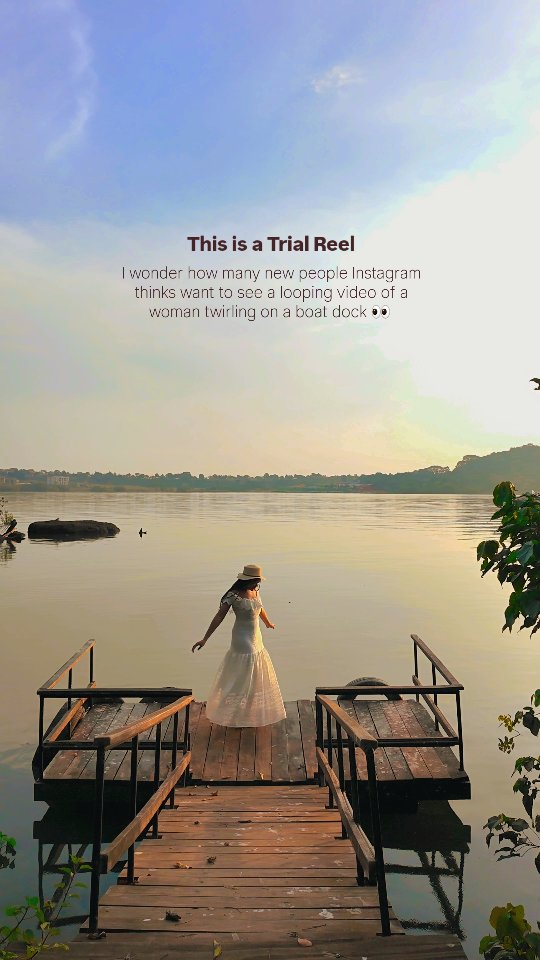
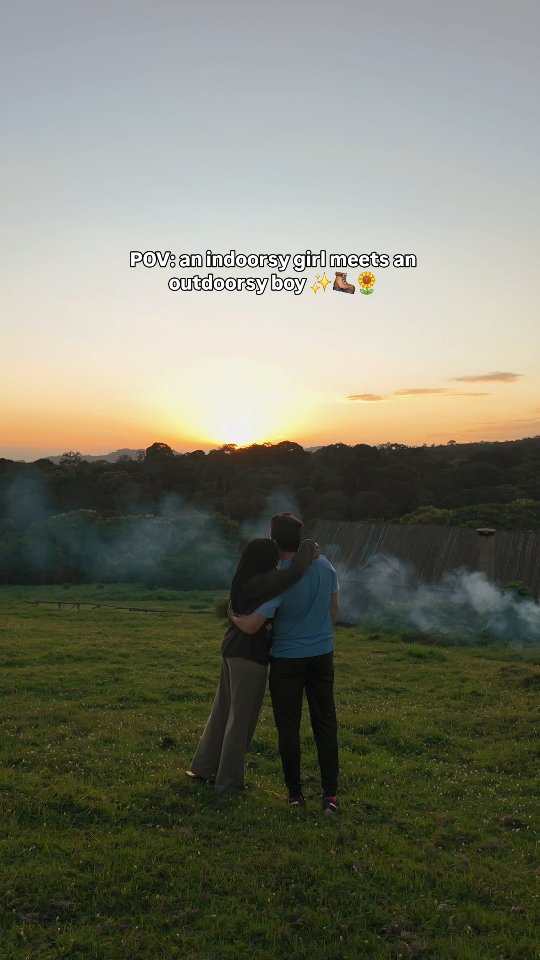
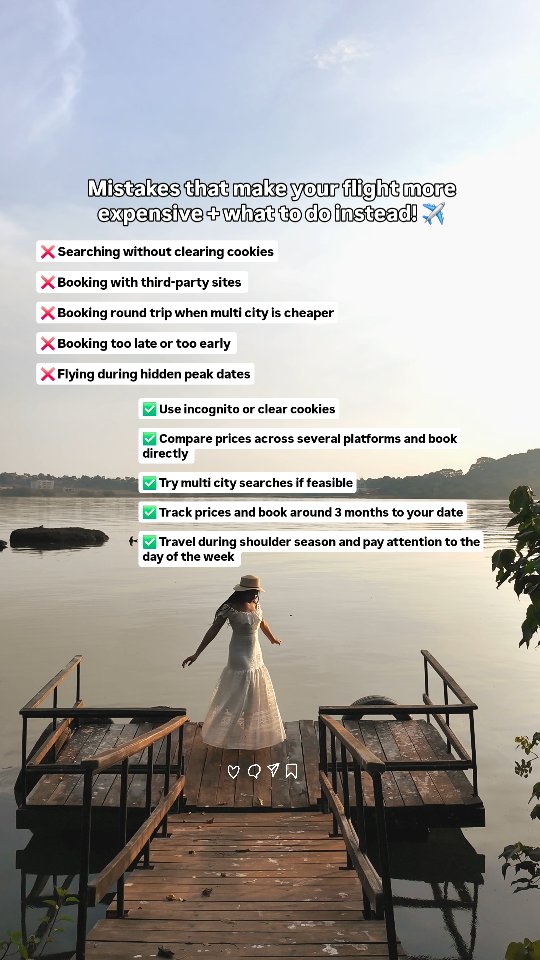
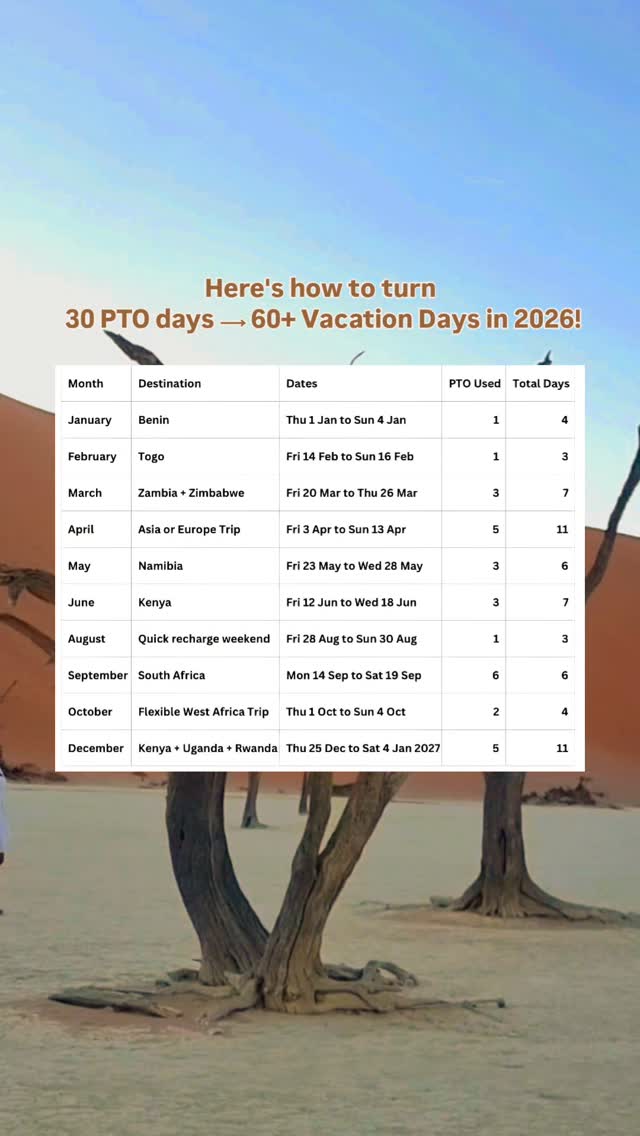

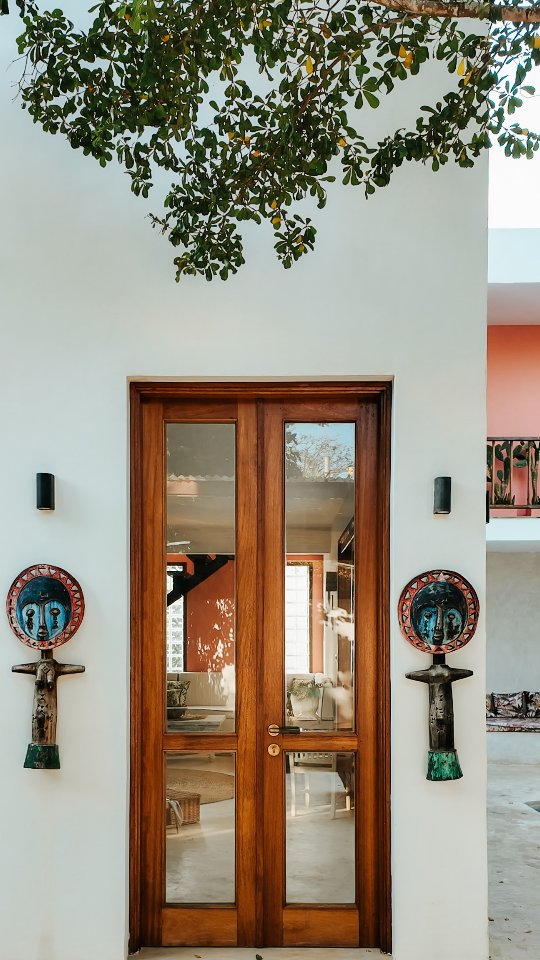
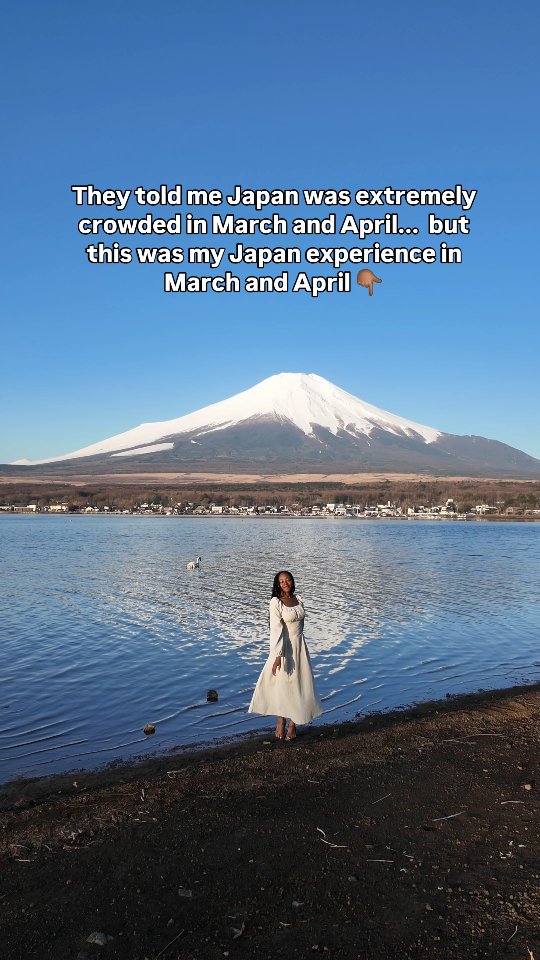
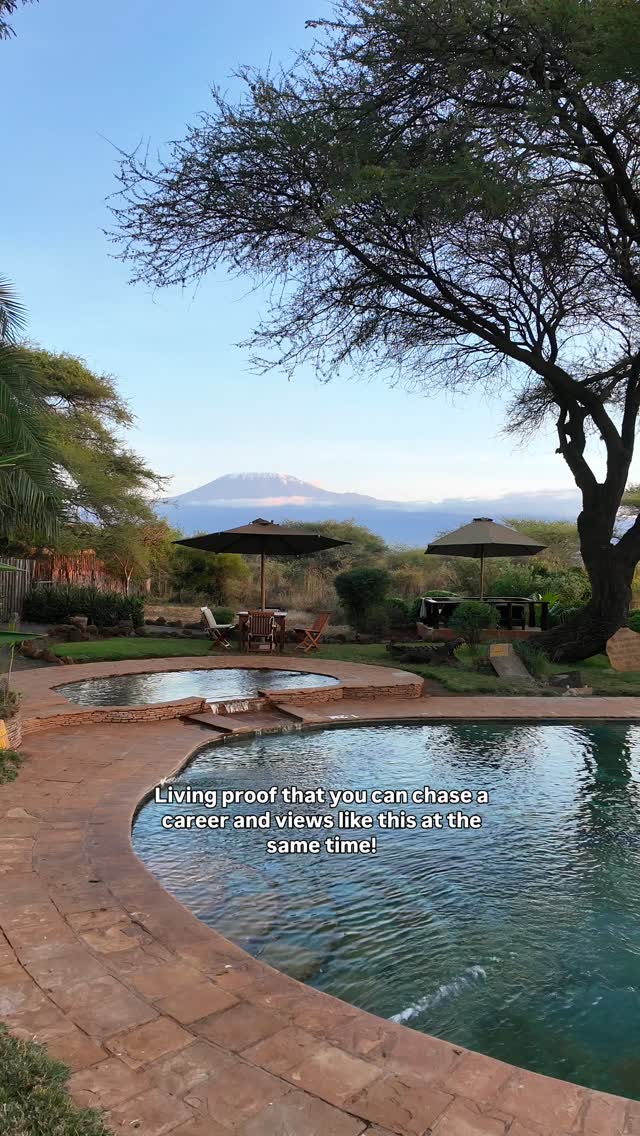
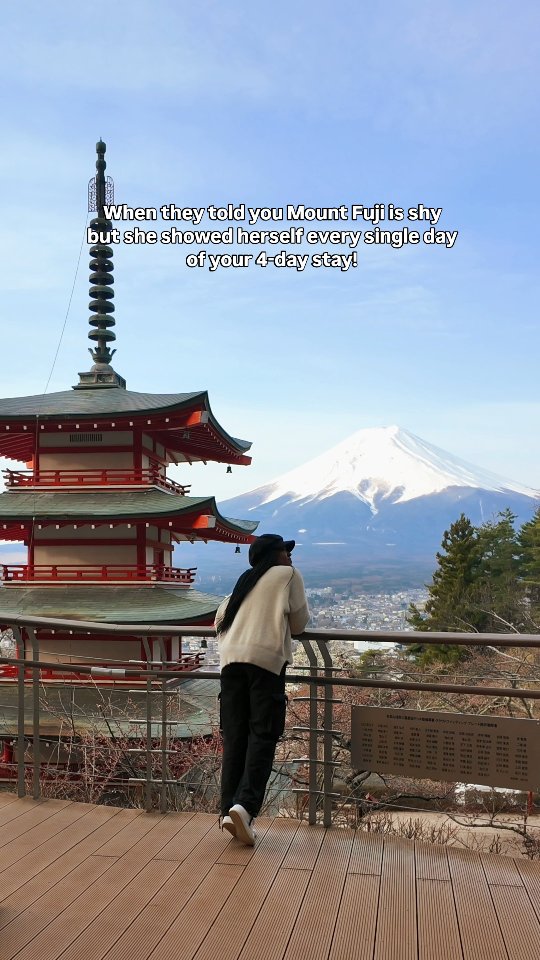

This is such a wonderful and thorough guide! It is quite obvious that seeing Mount Fuji is a dream-like experience, a powerful wish for many travellers and Japanese people due to its majestic beauty and cultural significance as a symbol of Japan. Thanks for sharing, and have a good day 🙂 Aiva xx
Thanks, Aiva. Seeing Mt Fuji in person was indeed powerful experience. Not even the hundreds of blogposts I read before the trip could have prepared me enough!
I can only imagine 😊